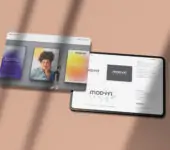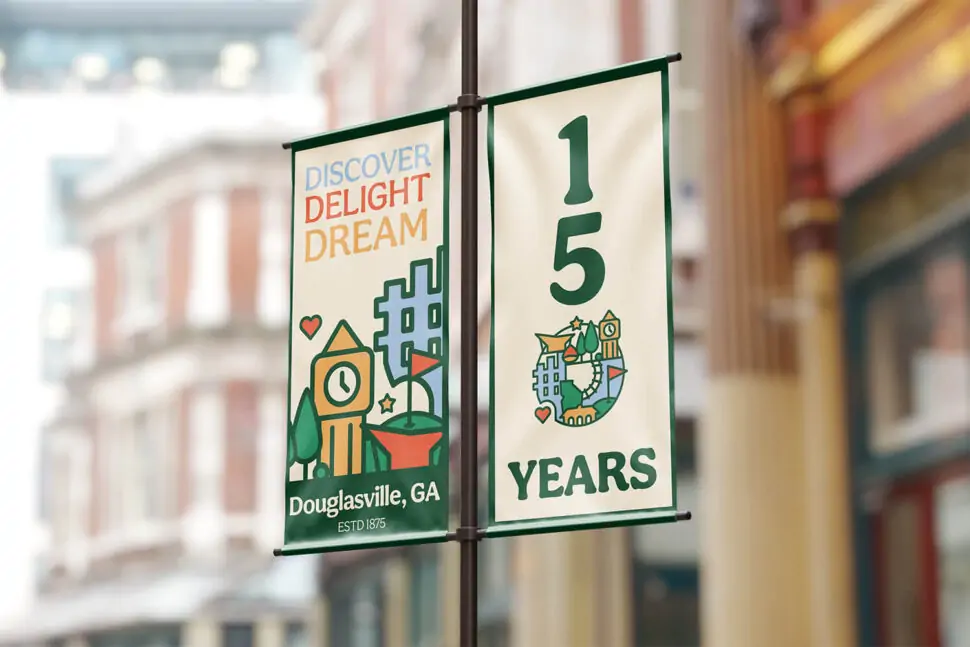May 26, 2024
The Ultimate Guide to Poster Design: Tips and Inspiration
- Visual Soldiers
- Design
- minute read

Understanding the Basics of Poster Design
Before diving into the complexities of poster design, it’s essential to grasp the fundamental elements that combine to create a compelling visual. A poster typically serves the dual purpose of conveying information and attracting the viewer’s attention. Effective poster design seamlessly integrates typography, imagery, and color to present a clear and engaging message.
Setting the Objective
Start by clearly defining the objective of your poster. Whether it’s for a concert, a conference, an art exposition, or a promotional sale, the goal guides the design process. Knowing the purpose helps in choosing the right style, colors, and fonts, ensuring the design aligns with the intended message.
Choosing the Right Colors
Color is not just an aesthetic choice; it plays a pivotal role in viewer perception. Colors can evoke emotions, set a mood, and highlight key information. When selecting colors, consider the psychology behind them. For instance, blue can evoke trust and calm, while red might signify energy and urgency. Consistency with the theme or brand colors also helps in maintaining visual coherence.
Creating a Balanced Composition
Balancing elements within your poster is crucial for visual harmony. The placement of text and images should create a flow that guides the viewer’s eye across the poster. Employing the rule of thirds can be a helpful technique to achieve a balanced design. This rule involves dividing the layout into a three-by-three grid and placing the most important elements along these lines or at their intersections.
Typography Matters
Typography is a powerful tool in poster design, capable of making or breaking your visual message. Choose font types that reflect the tone of your message — serif fonts often convey tradition and respectability, while sans-serif fonts depict a modern and clean look. Ensure the text is legible from a distance to make your poster functional. Playing with font sizes and weights can also help create a hierarchy of information, making the poster easier to scan.
Incorporating Effective Imagery
Images are at the heart of visual impact. A relevant, high-quality image can attract attention quicker than any text. When selecting images, ensure they are high resolution to avoid pixelation at larger sizes. The imagery should complement the text rather than overshadow it, creating a cohesive design that tells a story.
Using Space Wisely In Poster Design
Negative space, or the space that surrounds and between the elements of your design, is just as important as the elements themselves. It helps to avoid a cluttered look and focuses the viewer’s attention on the most important parts of your message. Well-utilized negative space can significantly enhance the effectiveness of a poster.
Inspiration from Successful Poster Designs
Looking at successful poster designs can be a great source of inspiration. Analyze posters that have achieved goals similar to yours. Note the layouts, color schemes, typefaces, and the use of imagery that makes them effective. Learning from the best can provide new ideas and perspectives that can be adapted and made unique in your own designs.
Finalizing and Testing the Design
After crafting your poster, assess its impact. Test its visibility from a distance and its readability under various lighting conditions. Getting feedback from others, particularly from people within your target demographic, can offer critical insights that may require adjustments to the design.
Conclusion
Masterful poster design is an intricate blend of art and strategy. It demands attention to detail, a deep understanding of visual elements, and a clear grasp of the message to be communicated. By applying these expert tips and continually seeking inspiration from effective designs, you can elevate your poster designs from ordinary to extraordinary, ensuring they capture attention and communicate clearly, no matter the context.






